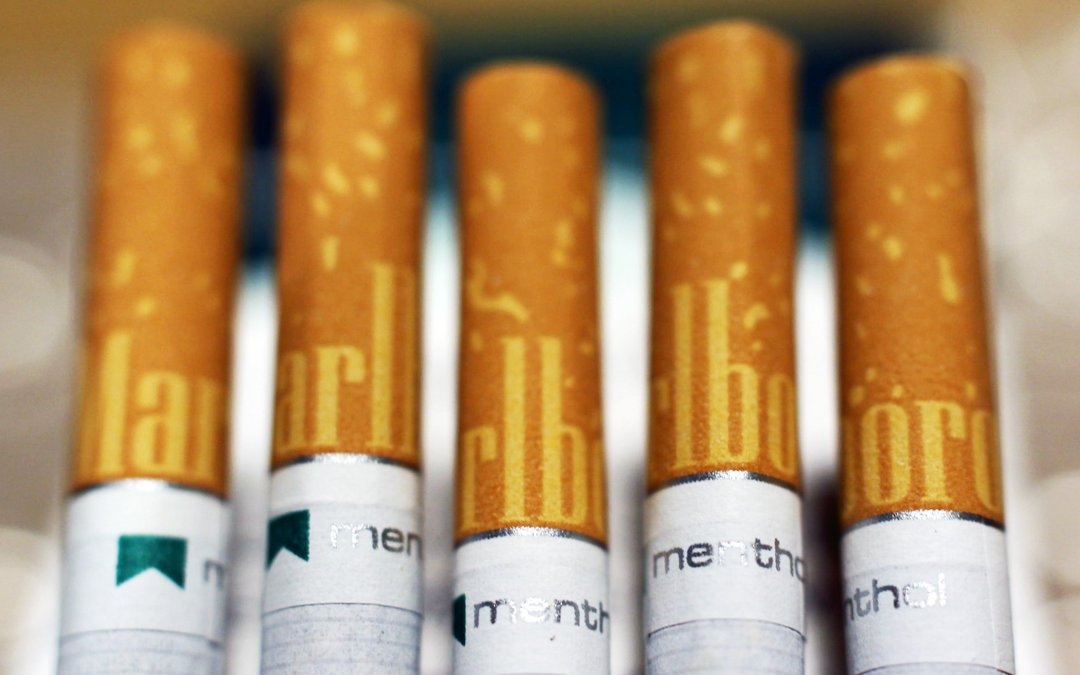WASHINGTON –The Food and Drug Administration and National Institutes of Health analyzed practices for reducing tobacco consumption, including switching from traditional cigarette use to e-cigarettes, at a joint public meeting on smoking cessation on Monday.
“We’ve made real progress in reducing cigarette smoking in the U.S., which is a notable public health achievement,” said FDA Commissioner Dr. Robert Califf. “While this progress is encouraging, we still have much more work to do, including addressing disparities in the types of products being used and who is using them.”
The meeting’s topics ranged from medications like Bupropion and Varenicline, which help people quit by reducing nicotine withdrawal symptoms, to new apps designed to coach people through smoking cessation.
The nation’s top tobacco cessation doctors also acknowledged that e-cigarettes are considered less harmful than standard cigarettes and could be a key pathway toward smoking cessation. But experts warn that vaping is not a risk-free alternative.
Vaping disperses toxic chemicals and heavy metals throughout the lungs, causing inflammatory injury and increasing risk for EVALI, or e-cigarette or vaping use-associated lung injury. Dr. Alejandra Ellison-Barnes, an assistant professor of general internal medicine at Johns Hopkins Hospital, works in a tobacco clinic, and says she encourages her clients to stop using tobacco products of any kind, including vapes.
“The important thing with e-cigarettes is that, because they’re relatively new, we don’t yet have a good body of evidence for the effects, both short term and long term,” Dr. Ellison-Barnes said. “It’s really a harm reduction and not a harm elimination strategy when you’re talking about e-cigarettes.”
Tobacco Industry and Campaigns
The smoking cessation meeting comes as e-cigarette use has been a recent campaign platform for presidential candidate Donald Trump, signaling what he may promote if elected. Trump vowed on Truth Social last month to “save vaping again” if elected, following a meeting with the Vaping Technology Association, a prominent vaping lobbyist.
Trump’s recent enthusiasm for vaping diverges from the stance of his previous administration, which raised the age requirement for purchasing e-cigarettes from 18 to 21 in 2019 and enacted a limited ban on fruit and mint flavored e-cigarettes in 2020. Both actions aimed to crack down on the widespread use of vapes among youth, since 1.63 million middle and high school students currently use e-cigarettes, according to CDC data.
The tobacco industry has backed Trump’s campaign, too. A subsidiary of the second leading tobacco company in the U.S. has donated $8.5 million to Make America Great Again Inc., the main super PAC for the Trump campaign, according to Open Secrets. The subsidiary, RAI Services Company, is the top corporate donor to the Trump-supporting super PAC. Vice President Kamala Harris’s campaign and the super PACs supporting it do not appear to have received donations from RAI Services Company.
“Cigarette smoking among adults has been cut in half since 2009, when the FDA gained the authority to regulate these products,” said Dr. Califf.
Yet smoking still kills nearly half a million U.S. residents each year, and financial support from the tobacco industry threatens to undo the progress that has already been made.
“I think any time there is industry money in politics, it’s a concern from a public health perspective,” Dr. Ellison-Barnes said. “Regardless of the administration, I think anytime there’s tobacco money mixed in, it’s definitely a public health concern.”
Disproportionate Impact
Smoking rates are concentrated in vulnerable populations like minority communities and those experiencing mental illness, and setbacks in smoking cessation could mean further disproportionate effects for these populations.
Dr. Lonnie Nelson, an associate professor at the Washington State University College of Nursing and a descendant of the Eastern Band of Cherokee Indians, spoke at Monday’s meeting. Dr. Nelson explained how the tobacco industry specifically targets Native Americans for consumption.
“American Indian and Alaska Native communities have the highest prevalence of commercial tobacco smoking of any racial or ethnic group in the U.S. We experience dramatic health disparities resulting from this fact,” Nelson said. “There is a need for efficacious and accessible interventions.”


